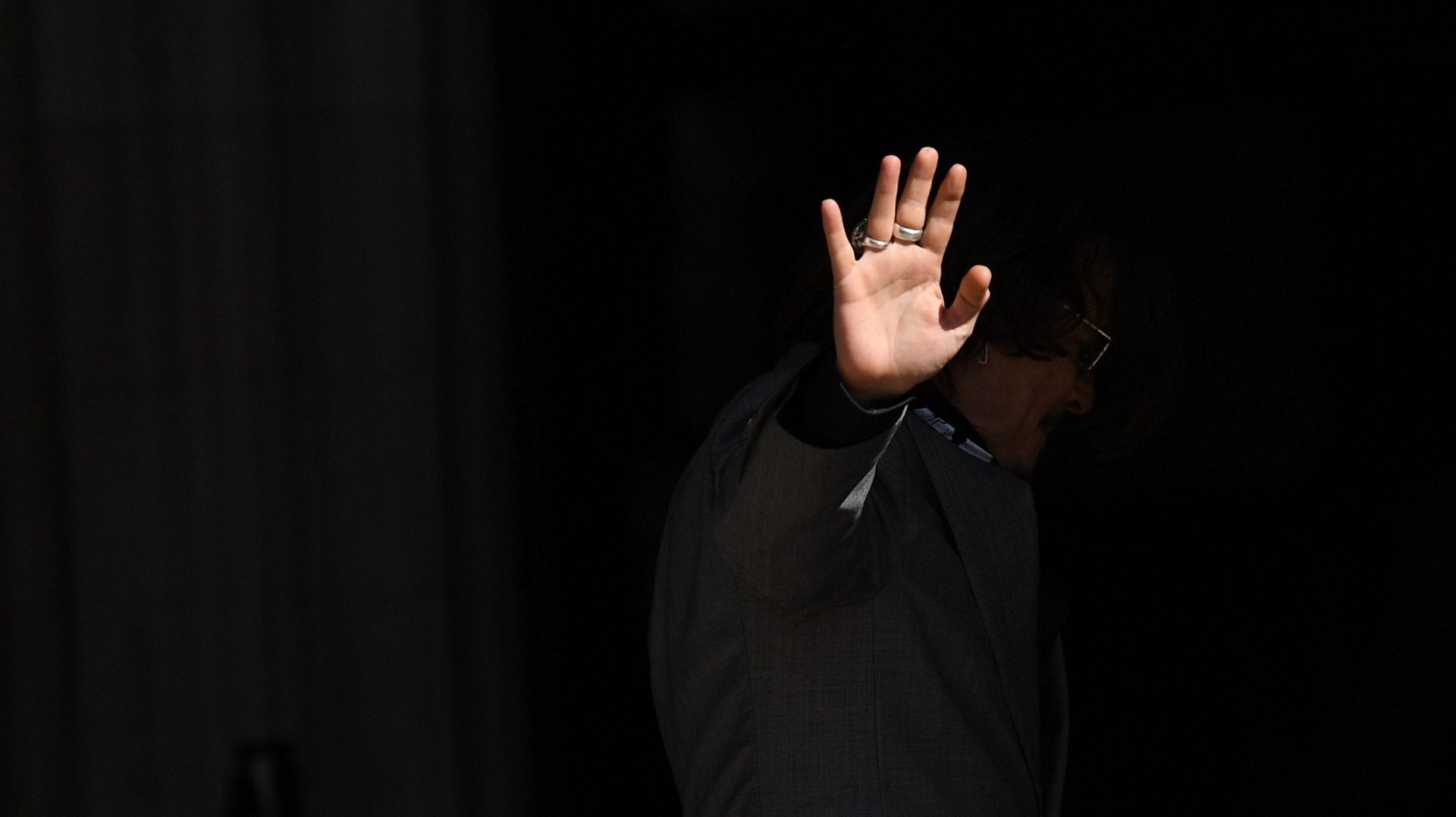It’s not just you: Our conversations really are getting worse now
Picture this: You’re taking your dog for a morning walk. You think you see your neighbor doing the same, but it’s hard to tell with her mask up. You know she’s been out of town staying with her family for a bit, but maybe she’s back.


Picture this: You’re taking your dog for a morning walk. You think you see your neighbor doing the same, but it’s hard to tell with her mask up. You know she’s been out of town staying with her family for a bit, but maybe she’s back.
You approach slowly, mindful of your distance. She stares back, maybe making the same calculation: Are you who she thinks you are? You wave, but before you can say hi, she backs away. You sheepishly put your hand behind your head. Maybe it wasn’t her after all.
Since March, a good portion of the northern hemisphere has been socializing online in an effort to slow the spread of Covid-19. Digital communication is a passable way to get work done or check in on loved ones, but let’s face it: It’s making us all a little weird.
“Social skills are like athletic skills,” says Chris Segrin, a behavioral scientist at the University of Arizona whose research focuses on interpersonal relationships. “If you don’t practice them for a long time, they atrophy.” So on the rare occasions we do talk to someone new in the real world these days, we’re woefully unprepared.
If it were just one dimension of social interaction getting pushed online, we’d probably be able to compensate. “Spouses of deployed military members basically have to communicate via Skype,” Segrin notes. It’s not easy, but they can balance texts, FaceTimes, and emails with their partners while enjoying in-person time with the rest of their social network.
Not so in a pandemic. To slow the spread of Covid-19, almost every form of communication has gone digital: No more spontaneous interactions on commutes, no friendly run-ins at the gym or in bars. Most people haven’t met anyone new in months.
That makes the odd IRL run-in extra awkward. But it also puts extra pressure on existing relationships, which now have to be maintained from a distance.
When speaking with someone in person, it’s easier to discern their mood, tone, or subtle cues like posture or hand gestures. Online, we can only read body language from the torso up. And it takes energy to pick up on those faint signals. By the end of a full day of Zoom meetings and direct messaging with coworkers, many of us are exhausted by the prospect of even more screen time to catch up with loved ones. Because work is mandatory screen time, voluntary communication—like a phone call after hours—may feel more like a burden than a recharge.
It’s possible to conserve some energy for that social time, either online or in a safe, socially distanced venue. But if you can muster the effort, you still might find your conversations hijacked by coronavirus.
“I look at this whole experience as a traumatic event,” says Anthony Campbell, a sociologist at Auburn University in Alabama who studies how social interactions impact health. When small talk is possible, it often comes back to the heavy topics on everyone’s mind: the pandemic, economic hardship, and, in the United States, a reckoning with systemic racism. It’s hard to talk about anything else (for good reason), and, combined with the stress of social deprivation, everyone is on edge.
If those conversations happen in person, they’re also imbued with a new emotion: fear. The invisible threat of SARS-CoV-2 has made us afraid of proximity, says Sergin. Instead of gravitating toward strangers when starved for communication outside our households, we’re wary of others. This fear is not misplaced: Physical distance and mask wearing are some of the best ways to avoid contact with Covid-19. But it can be hard to remember that these precautions are to stop the virus’ spread—not to actually socially isolate ourselves from one another.
For essential workers who are still going in to work in hospital settings and grocery stores, that stress can accumulate. When people have to work in stressful environments again and again, one of two things happens, Sergin says. They can become closer in a phenomenon sociologists call “traumatic bonding.” Or they can withdraw entirely as the stress takes over.
None of these changes, though, have to be permanent.
Both Segrin and Campbell agree that, while it feels like the pandemic has gone on forever, it actually hasn’t been long enough to imprint changes in social behavior. The kinds of changes that may result in completely different social interactions are more likely observed in wars, where soldiers or prisoners are isolated from their loved ones for years at a time.
And, as draining as digital communication is, it’s still better than not speaking at all. People who haven’t been online before are now learning the computer skills they need to keep up with loved ones. When in-person interactions are safe again, these skills—hopefully—will help them stay even more connected than they were before.